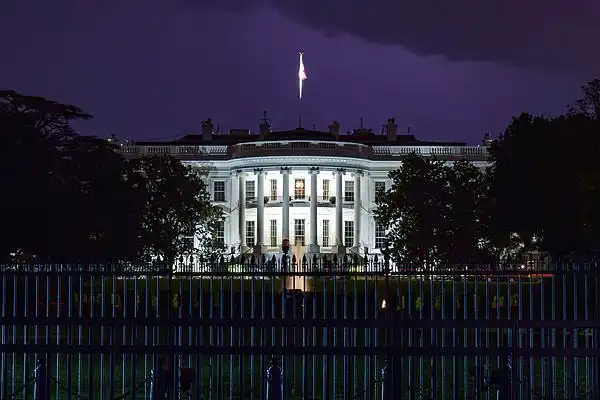In a recent interview with Nikkei Asia, U.S. Treasury Secretary Scott Bessent suggested that the “reciprocal tariffs” the U.S. has imposed on various countries are not permanent and could be reduced or removed. This, he stated, is contingent on the U.S.’s trade imbalance being resolved. He used the metaphor of “melting ice cubes” to illustrate the potential flexibility of the tariff policy.
Bessent highlighted that the primary goal of the Trump administration’s tariffs is to address the country’s $1.18 trillion current account deficit, the largest among all major nations in 2024. He emphasized that tariffs are a policy tool intended to “rebalance” trade. “If production comes back to the United States, we’ll import less, and so we will rebalance,” he said, making a clear connection between tariff adjustments and the return of manufacturing to the U.S.
During the interview, Bessent also mentioned ongoing trade negotiations, predicting that “most of the negotiations will be completed by the end of October.” He cited the agreement with Japan as a “golden industrial partnership,” where Japan accepted a 15% tariff rate while simultaneously agreeing to a $550 billion investment and loan package for the United States.
Bessent’s comments, particularly his “melting ice cubes” analogy, are being interpreted as a signal to trade partners that the tariffs are not necessarily permanent. This suggests that the policy could be adjusted based on the actual results of manufacturing returning to the U.S. and the rebalancing of trade. This stance contrasts with some of the previous hardline rhetoric from the Trump administration, offering a new consideration for global companies looking to invest in the United States.
